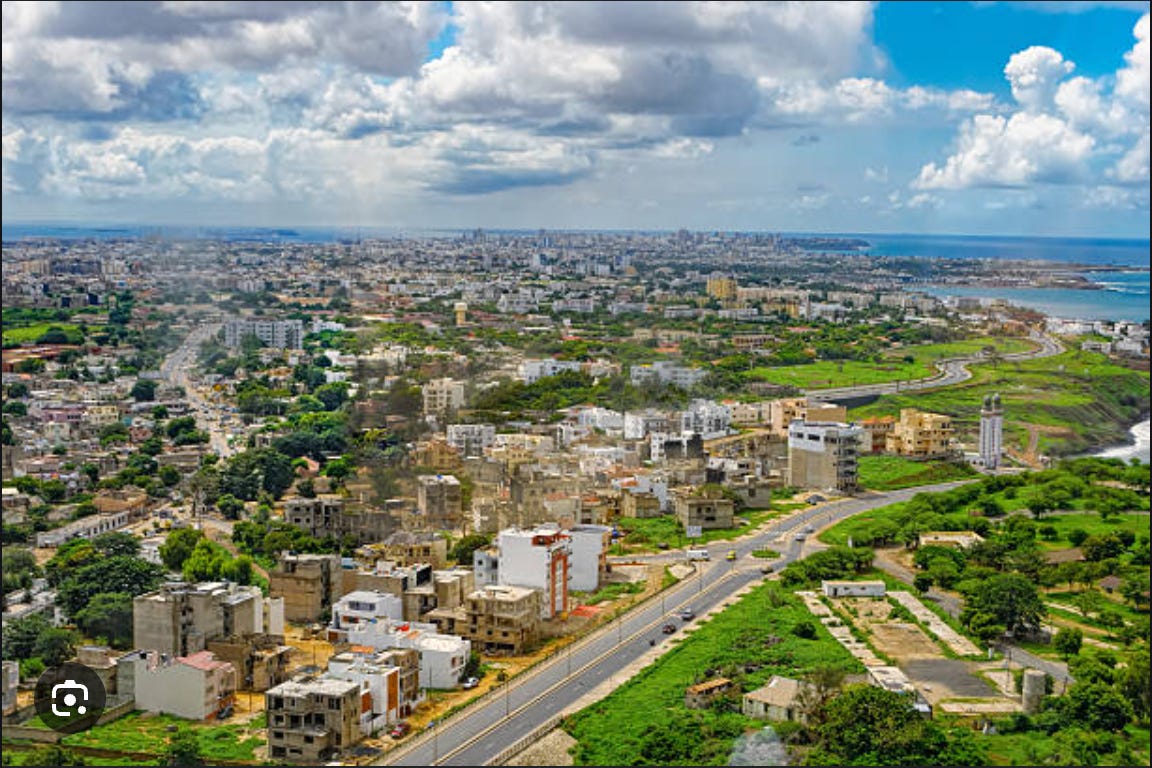Africa’s economic landscape is changing rapidly, with several countries experiencing significant growth despite global challenges. In 2025, the continent is expected to be one of the fastest-growing regions in the world, driven by industries such as oil and gas, agriculture, and infrastructure development. However, this growth is not without challenges, as political instability, global economic trends, and commodity price fluctuations still play a major role.
Below is a deep dive into the five fastest-growing economies in Africa and what is driving their impressive expansion.
South Sudan
South Sudan is expected to have one of the highest economic growth rates in Africa in 2025, with a projected GDP increase of 27.2%. This is impressive and a surprising turnaround following a devastating economic contraction of 26.4% in 2024, largely caused by ongoing conflicts in neighboring regions. The country’s economic recovery is mainly attributed to the expected stabilization of the political situation, allowing oil production to resume. Oil is the backbone of South Sudan’s economy, and with renewed production, government revenues are set to rise significantly. While this growth is promising, the country still faces challenges such as fragile governance, limited infrastructure, and the need for greater economic diversification.
Libya
Libya’s economy has faced extreme volatility since the country plunged into political turmoil in 2011, but it is projected to grow by 13.7% in 2025. The primary driver of this growth is Libya’s vast oil reserves, which remain a critical source of revenue for the government. If political conditions stabilize and oil production continues without major disruptions, Libya’s economy could experience a significant rebound. However, the country remains vulnerable to conflicts, changes in global oil prices, and internal governance challenges. For Libya to sustain its economic momentum, it must invest in diversifying its economy, rebuilding infrastructure, and improving its business environment.
Senegal
Senegal is on the brink of an economic boom, with an expected GDP growth of 9.3% in 2025—the highest in the country’s recorded history. This economic acceleration is primarily fueled by the launch of its oil and gas industry, which is set to produce 100,000 barrels per day. The government has been proactive in creating policies that encourage investment in the energy sector while also focusing on infrastructure development and industrialization. Beyond hydrocarbons, Senegal’s economy benefits from a strong agricultural sector, a growing tourism industry, and steady improvements in digital transformation. If managed well, this growth could help create jobs, boost exports, and elevate Senegal as one of West Africa’s economic powerhouses.
Niger
Niger’s economy is expected to grow by 8.3% in 2025, making it one of Africa’s fastest-growing economies. This growth is largely driven by the expansion of oil production, particularly with the completion of the Niger-Benin pipeline, which will increase oil exports. In addition to oil, Niger’s agricultural sector is playing a significant role, with government initiatives aimed at improving irrigation and increasing food production. Economic reforms and investments in infrastructure, such as roads and energy projects, are also helping drive growth. While the country’s future looks bright, it must overcome challenges such as political instability, climate change impacts, and the need for more private-sector investment.
Rwanda
Rwanda continues to stand out as one of Africa’s most consistently growing economies, with an expected GDP growth of 6.8% in 2025. The country’s development strategy is built on strong governance, investment in infrastructure, and policies that promote entrepreneurship and innovation. Key initiatives such as "Made in Rwanda" are boosting local manufacturing, while major projects like the construction of a new international airport aim to position Rwanda as a regional hub for business and tourism. In addition, Rwanda has made significant advancements in technology, education, and healthcare, further strengthening its economic foundation. While the country still faces challenges such as limited natural resources and a small domestic market, its long-term vision for economic transformation remains on track.
In Conclusion…
The rapid growth of these five African economies showcases the continent’s economic potential and resilience. Each country is leveraging its unique strengths, whether it be oil and gas production, agriculture, infrastructure development, or strategic reforms. However, for sustained growth, these nations must address key challenges such as political stability, economic diversification, and investment in human capital.
With the right policies and continued investments, Africa has the potential to become a major player in the global economy. As we look ahead, it will be interesting to see how these economies evolve and contribute to the continent’s overall prosperity.









